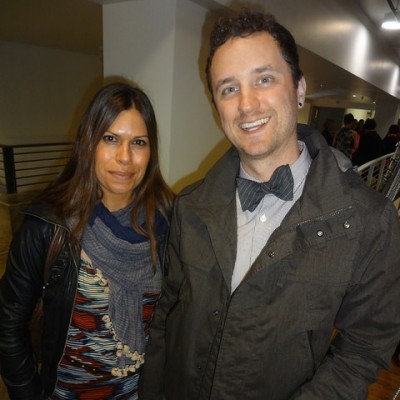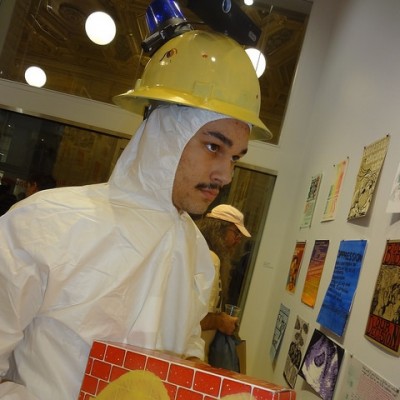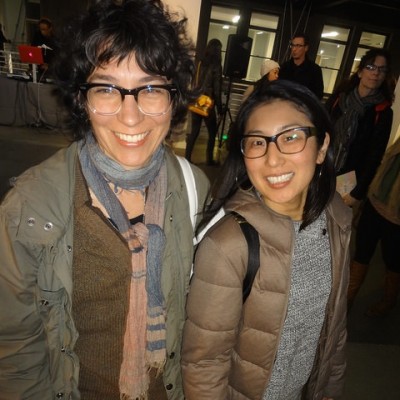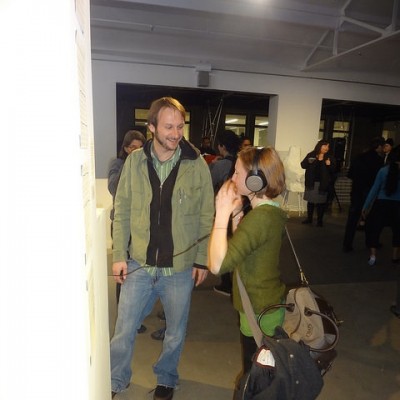Could An Earthquake Threaten Portland’s Growing Pearl District?
Monday, September 21, 2015

As GoLocal reported earlier this year, many agencies in the state are preparing for what could be the worst natural disaster in the state's history - the next great Cascadia subduction zone earthquake.
The last great earthquake hit Oregon in roughly 1700. Jay Wilson, chair of the Oregon Seismic Safety Policy Advisory Commission, also known as the Earthquake Commission, told GoLocal that considering the average time between quakes is roughly 400 years in the Cascadia subduction zone, a 620-mile long fault that stretches from Vancouver Island to Cape Mendocino in northern California, the next one may not be too long away.
“Yes it's going to happen someday,” Wilson said. “We're certainly in range for something to happen soon.”
The good news, Wilson said, is that new buildings are far better suited to withstand an earthquake than those built even just a few decades ago.
“The Portland metro area has developed over the last 150 years, but we only learned of this big earthquake threat in the late 1980's,” Wilson said. “Most new buildings and infrastructure are built with earthquakes in mind and have to meet earthquake codes.”
Renters Concerned
Tiffany Sweitzer, President of Hoyt Street Properties, is currently overseeing the construction of the Cosmopolitan, a 28-story residential apartment tower that will become Portland's tallest building upon its completion in 2016.
The tower is built to current city code regarding earthquakes, but Hoyt has not taken any additional precautions against seismic activity in the building's design, Sweitzer said. She also said that renters have been asking about how the building will stand up in the case of a major earthquake.
“People want to know whether they'll be safe in such a tall building,” she said. She noted that often, their fears are assuaged after talking with engineers with the City of Portland about the codes the building is subject to.

The Cosmopolitan is currently unders construction; courtesy Hoyt's Facebook page.
New Regulations

The Cosmopolitan is currently unders construction; courtesy Hoyt's Facebook page.
Wilson said that new high-rises, particularly apartment buildings with high occupancies, are required to meet certain standards of resistance to shaking and other stressors that may result from an earthquake.
Specifically, according to 2010 Oregon Structural Specialty Code Seismic Design Category D, which outline the state's structural code regarding earthquakes, all new buildings “shall be designed and constructed to resist the effect of earthquake motions.”
Amit Kumar, a senior structural engineer with the City of Portland, said that buildings must be able to withstand a certain level of ground acceleration, or shaking caused by the earthquake. Exactly how much the building must be built to endure varies based on the area it's being built in and how tall the structure is.
“The U.S. Geological Association evaluates the probability of an earthquake occurring at or near a particular site, and the calculates what kind of acceleration it has to be able to withstand,” he said. “There are also certain protections for high-rise buildings, to prevent them from collapsing or toppling over as the World Trade Center did on September 11.”
What Should be Done
Kent Yu, former chair of the Earthquake Commission and Principal of Seft Consulting Group, has been an earthquake engineer for more than a decade. He told GoLocal that “current building codes are not adequate to achieve community resilience. They need revision.”
He said that right now, standard practice is to build to Life Safety Standards, which means that a serious earthquake won't cause the building to fail or collapse, allowing occupants to evacuate safely. In the event of a large quake, however, the building would become so damaged it would not be usable while being replaced.
Yu said that needs to change.
“The resilient approach with earthquakes is making sure people are safe, and the best way to do that is to let them shelter in place,” Yu said. “If we want to do that, we need to design our buildings to higher design standards. In my mind, what we need is something like Life Safety plus.”
Wilson, the Commission's current chair, also said that Oregon is looking to change the culture when it comes to building codes. No longer, he said will buildings be made simply to the bare minimum of code. Instead, the state is looking for projects that will be built stronger.
“In Oregon, what we're trying to do is build so that buildings can be repaired after an earthquake or even re-entered almost right away,” Wilson said. “It's a little more upfront cost, but it's a lot of savings down the road if something like this were to happen, and it makes everything much safer, which is crucial.”
Related Slideshow: Party Report: 1st Thursday at PNCA’s new Pearl District Home
Pacific Northwest College of Art (PNCA) hosted its first First Thursday event on March 5, from 6-9 p.m, at theire new campus flagship, the Arlene and Harold Schnitzer Center for Art and Design.
Related Articles
- Spotted in Portland: Ariana Grande Spotted All Over Pearl District
- Spotted in Portland: Danny DeVito in Pearl District
- Spotted In Portland: Jerry O’Connell and Rebecca Romijn in The Pearl District
- Spotted in Portland: Orange Is The New Black Star Seen in Pearl District
- Spotted in Portland: Actor John Larroquette in the Pearl District
- Pearl District’s Coppia to Change Owners on Jan. 1
- NEW: Natural Beauty Shop Opens in Pearl District
- Party Report: 1st Thursday at PNCA’s new Pearl District Home
- Pearl District Welcomes New Sicilian Restaurant
- Pearl District Welcomes The Art of Trade Gallery
- New: Isabel Pearl Restaurant First to Accept Bitcoin
- UPDATED: Nine Earthquakes Shake Southern Oregon Border
- 4 Earthquakes Strike off Oregon Coast
- Pacific NW Fault Goes Silent, Maybe Be Indicator of Major Earthquake
- Magnitude 2.7 Earthquake Hits West of Vancouver, Wash.
- Magnitude 9.0+ Earthquake Headed for Oregon?
- Oregon Gears Up for the Next Big Quake


















 Delivered Free Every
Delivered Free Every
Follow us on Pinterest Google + Facebook Twitter See It Read It